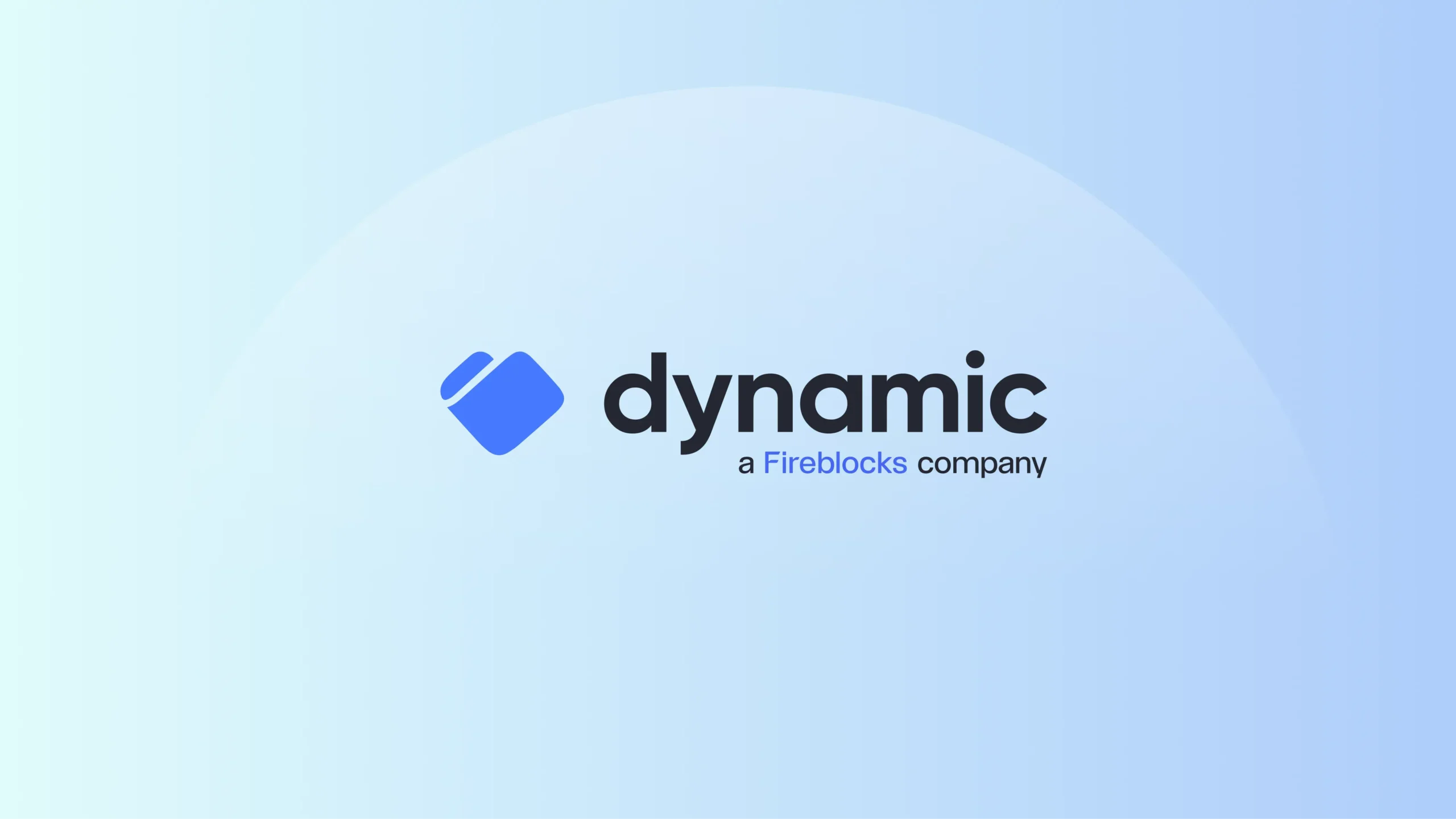Digital Assets vs. Protocols
Fireblocks’ Director of Enterprise Programs, Christopher Jameson, explains what it means to make a transaction on the blockchain.
Hey, everyone. Welcome to Fireblocks Academy. My name is Chris Jamieson. I’m the director of enterprise programs here at Fireblocks. And in this video, we wanna take you through at a very high level what are digital assets and what are blockchain protocols.
And the main thing we want you to really take away from this video today is the difference between digital assets and blockchain protocols themselves.
Let’s go ahead and dive in.
So from a very high level, let’s just talk about the main types of digital assets that you need to be aware of today.
The first, which is probably the most common, the one that most people are going to be familiar with, are crypto or cryptocurrencies.
And these are essentially mediums of exchange or stores of value that live on the blockchain. And you can think of the most popular ones being something like Ethereum, Bitcoin, or Solana.
The second is going to be stable coins.
And these are digital asset tokens that are pegged to a fiat currency.
So we have USDC, which is the actual digital asset token, which is pegged to the US dollar. And these are pegged in a one to one relationship, and they’re meant to mirror, the movements of actual currency.
The third is NFTs.
Now, NFTs are a wildly popular, token and area, within the digital asset ecosystem right now. NFTs are non fungible tokens. And essentially what they are is digital represent or digital ownership and representation of ownership of either real world assets or, digital assets themselves.
And this can mean from a physical perspective, this could be real estate, It could be art.
And then from a digital perspective, it could be something as simple as JPEGs, but then there’s also trading cards, different graphics. It could even be tweets. It really just depends on what you’d like to do.
The main thing for NFTs though to remember is that, again, they are non fungible tokens, which essentially means that they are not exchangeable on a one to one basis. So thinking of it, very simplistically, if I have a dollar in my wallet, that can go be exchanged for any other dollar, No problem whatsoever.
If I have a if I have one Bitcoin, that can go be exchanged for any other Bitcoin that’s out there. If I have an NFT, for instance, that represents, you know, five ninety Madison Avenue in New York City, I cannot necessarily exchange that for an NFT that’s for three ninety five Park Avenue in New York City.
Again, not necessarily, exchangeable on a one to one basis. Not to say you can’t trade them around, but they’re just not exchangeable from that perspective.
The fourth are securities tokens.
And securities tokens are essentially tokenized versions of traditional financial markets instruments. So this could be stocks.
It could be bonds.
It could be a variety of another, other number of financial markets instruments.
And these will essentially live on the blockchain.
Now let’s go through the actual differences between digital assets and blockchain protocols because a lot of times people kind of conflate the two. But the way I like to think of it is you have the digital assets are like train cars, and the blockchain protocols are essentially the rails that they are running on top of and what’s actually powering the, digital asset itself. So for instance, we have ether, which is the token for Ethereum, the Ethereum blockchain, and we have Bitcoin, let’s say, which is on the Bitcoin blockchain.
And essentially, the blockchain protocols themselves are really just the cryptographic technological infrastructure that powers the decentralized networks that essentially create transactions, mine them, and then add new blocks to the actual blockchain themselves. Now typically, the blockchains are not interoperable. They’re typically, very, very separate. So you can’t necessarily have, you know, Solana tokens that are interacting with something on the Ethereum blockchain or Ethereum based tokens that are interacting with the Solana blockchain.
But by and large, the main goal of the actual protocols themselves is to really attract decentralized specific protocols. And they’ll offer a variety of different, value propositions such as, you know, faster throughput time. You can, scale them more efficiently, more, more and better, smart contract tools, things along those lines, etcetera.
So just to kinda summarize, we went through the four main types of digital assets that you need to be aware of for right now, and those are cryptocurrencies, stable coins, NFTs, and securities. And then again, the difference between digital assets and protocols is that digital assets are essentially the train cars that sit on top of the actual blockchain protocol rails. And the blockchain protocols themselves are really just the cryptographic technological infrastructure that powers these decentralized networks that, again, create these transactions, mine them, and then add new blocks to the blockchain itself. That’s it for now.
Thank you so much for joining, and come back to Fireblocks Academy for more educational content.
